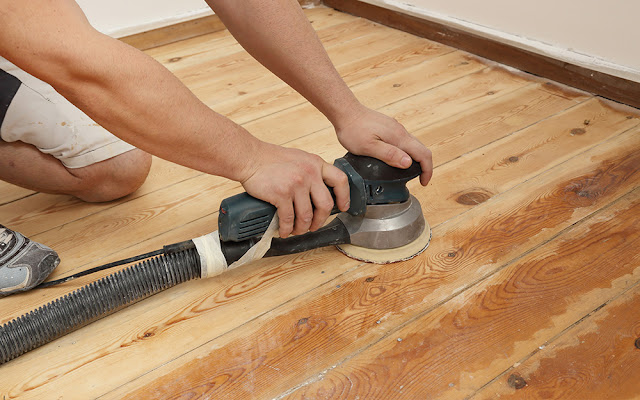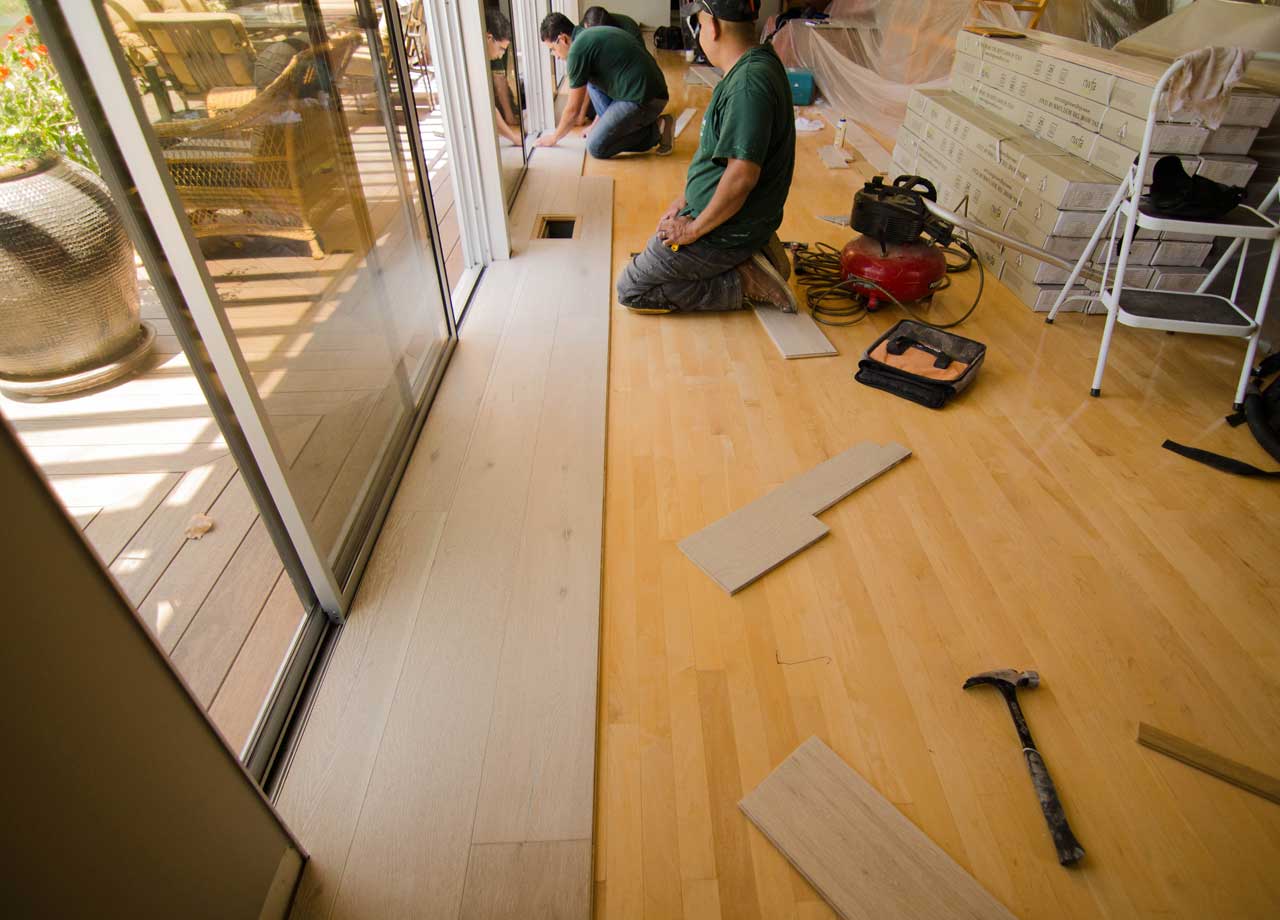The
homeowners before opting for wooden flooring in
their house owners need to reconsider the different limitations of such type of
floorings, which can make them aware about its negative consequences.
Here
are few drawbacks that home owners need to consider before selecting the right
flooring. Also, you will get tips on how to overcome them!
1. Cupping
This
is the most probable issue associated with wood flooring. This issue arises
when the wood floors tend to acquire surplus moisture and the captured moisture
becomes incompatible with the wooden planks.
This
problem occurs because of moisture gain in the wooden structure from the
sub-surfaces and because the inner part cannot dehumidify as rapidly as the
surface, therefore the lower side tend to expand inordinately towards the upper
side. Therefore, the house owners need to essentially correct the level of moisture
before opting for wooden floors.
2. Fractures
The
fractures are identified as the crevices that are found on the top most part of
the wooden floorings. This issue tends to happen if the wooden boards are
seared rapidly in the kiln within the lumber mills.
Therefore,
in order to reduce the chances of occurrence of such problems, the homeowners
need to utilize a standard quality engineered wooden flooring, which in turn
raises the overall expenditure.
3. Oxidation of the wooden floors
It
has been observed that when the wooden floorings are immensely exposed to
intense sunrays they tend to become darker because of the initiation of the
oxidation procedure. However, this problem tends to take place mostly during
the initial years of wooden floor installation.
In
the context of oxidation, it should be mentioned that oxidation is not
perceivably traceable unless the homeowner’s devices to shift any carpet from
the actual place and search a pale shade floor below it.
4. Noisy Boards
Noisy
boards are the most customary issue that tends to take place, especially after
some time from the installation of wooden floors. The main reason for such an
issue is flawed installation or inappropriate subfloors.
However,
the house owners in order to minimize the chances of this issue occurring by
involving expert flooring contractors who can actually guarantee that the
subfloor is substantially attached which would in turn ensure that no squeaking
is present. This is because a shrieking subfloor is equivalent to a shrieking
wooden floor installation. The aspect of maintaining an accurate spacing for
expansion in opposition to the vertical surfaces would be a salient measure
against loose boards.
Article: Things you need to know
about wooden flooring
Hardwood
floors are one of the most voguish flooring preferences because of their
longevity and timelessness style. These floorings not only possess a classic
look, but also make the house perceive as home. In the context of hardwood
floorings, the aspect of preparation is indispensable to an effortless
installation.
1. Considering the accurate place of
installation
The
house owners before initiating the installation process should consistently
scrutinize the product specifications. They should know that a broader category
of hardwood items is not appropriate for uncertain specific regions such as
bathroom, kitchen, or laundry rooms.
However,
if you desire to install the wooden flooring in regions such as the basement
then you can opt for engineered hardwood rather than preferring solid
hardwood.
2. Arrangement of 10% more wood than
you refine for installation
For
example, if your flooring area has about 500 sq ft, then you should arrange the
wooden products that can cover a region that is 550 sq ft. the rationale for
arranging a large amount of wooden items be because it needs to be sliced. You
might also require more wood if there are any bulging walls, such as alcoves.
Therefore, the idea of having a lit bit more wood materials would help the
homeowners to contrite with the wooden floor installation.
3. Comprehension of the different
wood species
This
is the most interesting part for you, since there are a number of varieties and
colors of wood floorings that you need to select for home installation. There
are distinctive types to select from, ranging from the customary to
extraordinary. For this reason, we have enlisted the most popular one’s for
you.
· Oak
· Jarrah
· Bamboo
· Walnut
· Cherry
· Teak
· Maple
· Mahogany
Thus,
you can choose from the wood types in accordance to your preferences and
aspirations.
4. Varieties of Wooden finish
There
are predominately two types of wooden finish, which have been mentioned
elaborately below.
· Site Finished
These
types of floors are incomparably gorgeous and provide a sumptuous look. This
type of flooring essentially demands a premier level of artisanship and skill.
The notable benefits of site-finished floors are that they are classy, have a
greater degree of longevity, and need lower maintenance.
· Factory Finished
This
finish is easier to install and is quite inexpensive when compared to the site
finished flooring. You can go for this kind of flooring, as this floor
installation is not associated with any chemical or duct particles, which make
it environment-friendly.
Thus,
it can be stated the floor finishing is one of the prominent domains in the
customary appearances. With the evolving age, the development of gloss level
finishing wooden floors has been created, which has the potential to entirely
change the appearance of your house interiors. Distressed, hand-chapped
finishes will correspondingly be a compelling factor when searching for a
wooden floor.
5. Color, Texture, and Visibility
As
wooden flooring is of different types,
therefore you need to understand the floor type, texture that would actually
align with room design.
For
example, if you have a vintage interior, then you can apply for a pulverized
wood grain that possesses a distressed look. In contrast, if you have a
traditional interior, then you can opt for oak floors, which would be the best
match. You should essentially note that for all objectives any form of wooden
materials could be used in a modern setting based upon the form of stain that
is utilized for room interior decoration.


